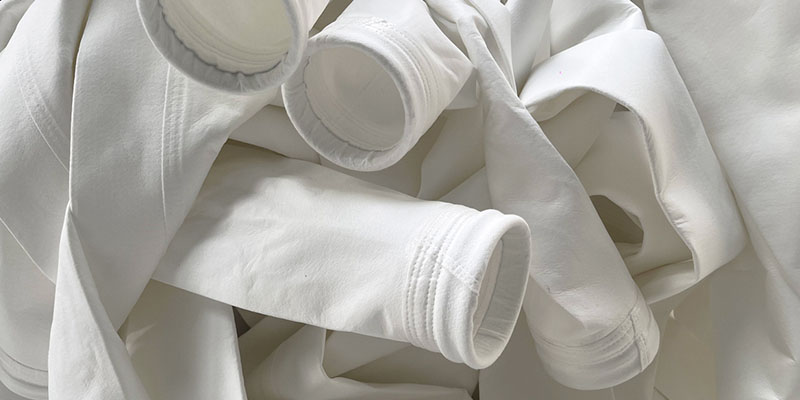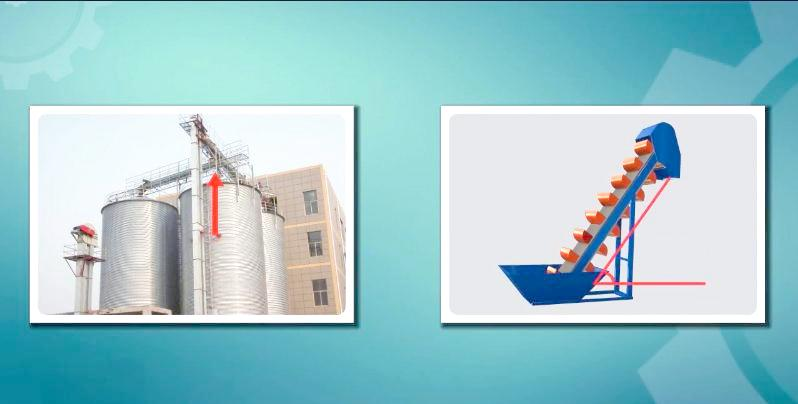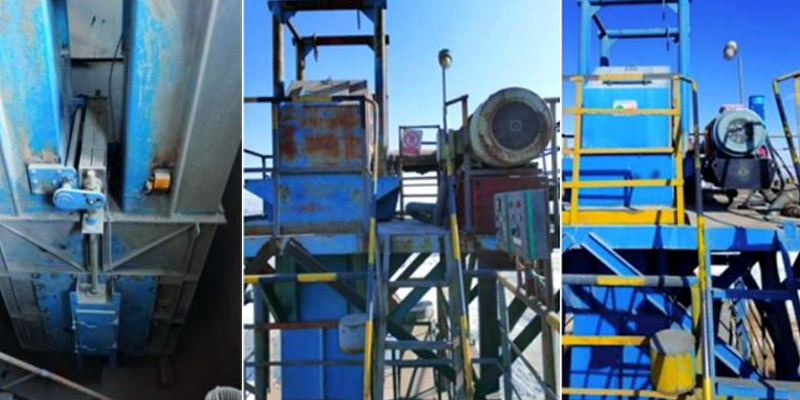In industrial dust collection systems, filter bags are the core component. However, frequent tearing and detachment not only reduce efficiency but also increase operational costs. This guide analyzes the root causes of these failures and provides a practical solutions checklist. It is designed to help maintenance staff and engineers quickly diagnose issues and optimize their systems.
Common Causes of Filter Bag Damage and Detachment
Filter bag failure typically results from multiple factors. Below are six key causes, listed in order of priority.
1. Mechanical Wear and Physical Damage
-
Cause: Filter bags constantly rub against their supporting cages during operation. Improperly welded cages or cages made from overly rigid material can scrape the bags like sandpaper, leading to fiber damage. High dust concentrations exacerbate this problem as particles embed into the fabric.
-
Prevalence: This issue accounts for over 40% of all damage cases.
2. Chemical Corrosion and Oxidation
-
Cause: Flue gas containing acidic components (SO₂, NOₓ), alkalis, or moisture can chemically attack the filter material. For example, polyester bags readily hydrolyze and become brittle in high-temperature, acidic environments.
-
Impact: In chemical or metallurgical industries, corrosion can reduce bag service life by 50% to 70%.
3. High-Temperature Thermal Damage
-
Cause: Exceeding the bag’s maximum temperature rating (e.g., 150°C for standard polyester) causes fibers to melt or carbonize. This is common in boiler or incinerator applications, especially where temperatures fluctuate widely.
-
Risk: While short-term overtemperature may cause localized damage, prolonged exposure often results in widespread failure.
4. Improper Installation and Maintenance
-
Cause: Incorrect installation—such as loose bags or misaligned cages—leads to excessive movement and detachment. Similarly, overly aggressive cleaning (excessive pressure or frequency) can mechanically damage the bags.
-
Example: A cement plant reported a 30% bag detachment rate due to installation errors, causing significant production downtime.
5. Dust Adhesion and Hard Cake Formation
-
Cause: In high-humidity streams, dust can form a hard, heavy cake on the bag surface. This uneven weight distribution increases stress, potentially tearing the fabric or pulling bags from their housings.
-
Typical Industries: Food processing and paper mills, where humidity control is often inadequate.
6. Design and Selection Errors
-
Cause: Selecting the wrong bag material or size for the application is a fundamental error. Using standard polyester to handle highly abrasive dust, or specifying excessively long bags that are prone to swaying, are common mistakes.
-
Root Problem: The system design fails to adequately consider dust characteristics like particle size and cohesiveness.

High-Efficiency Solutions Checklist
Here are eight practical solutions addressing the causes above, from prevention to repair.
1. Optimize Filter Bag Material and Design
-
Solution: Select materials suited to the flue gas (e.g., PPS for acidic environments). Use membrane laminates (e.g., PTFE) to improve wear resistance. Design bags with a length-to-diameter ratio ≤40:1 to minimize swing.
-
Result: One power plant reduced its bag damage rate by 60% after switching to membrane filter bags.
2. Strengthen Installation and Regular Inspection
-
Solution: Use proper tools to ensure bags are taut and cages are vertical. Inspect seals and mounting hardware monthly, replacing worn parts promptly. Apply a “three-point fixation method” to prevent detachment.
-
Operational Guide: Conduct a tension check within 72 hours of startup and perform quarterly re-inspections.
3. Control Flue Gas Parameters
-
Solution: Install temperature controls and conditioning systems to keep gas within the bag’s safe range. Add pre-treatment systems to reduce corrosive gases.
-
Cost-Benefit: This initial investment significantly extends bag life, leading to substantial annual maintenance savings.
4. Improve Cleaning Strategy
-
Solution: Avoid over-cleaning. Adjust pulse pressure (0.4-0.6 MPa) and frequency based on differential pressure. Use offline cleaning modes to reduce mechanical shock.
-
Data Support: A steel mill extended its bag replacement cycle from 6 months to 18 months through cleaning optimization.
5. Prevent Dust Cake Hardening
-
Solution: Reduce inlet gas humidity with pre-heaters. Use anti-sticking agents. Select smooth-surface bag materials.
-
Emergency Response: For hardened cakes, shut down and use low-pressure air for reverse blowing. Do not use forceful cleaning.
6. Enhance Staff Training and SOPs
-
Solution: Develop Standard Operating Procedures (SOPs) to help staff recognize early warning signs like abnormal pressure drops. Maintain detailed inspection records.
-
Tool Recommendation: Implement IoT sensor systems for real-time monitoring and alerts.
7. Emergency Repair and Replacement Guide
-
Solution: Repair small holes with specialized adhesives. Immediately replace extensively damaged bags to prevent secondary failures. Replace bags in batches from the same manufacturing lot.
-
Important Note: Store spare bags in a dry environment to prevent premature aging.
8. System Integration and Upgrade
-
Solution: Integrate the dust collector with the plant’s central control system (DCS) for automated operation. Upgrade older units to modular designs for easier maintenance.
-
Long-term Planning: Choose intelligent dust collection solutions that comply with evolving environmental regulations.
Conclusion
Filter bag failures are a significant operational risk, potentially causing prolonged downtime and high costs. This checklist provides a systematic framework for diagnosis and resolution. Remember, prevention is paramount: consistent maintenance, correct material selection, and thorough staff training are the most effective strategies for success.




